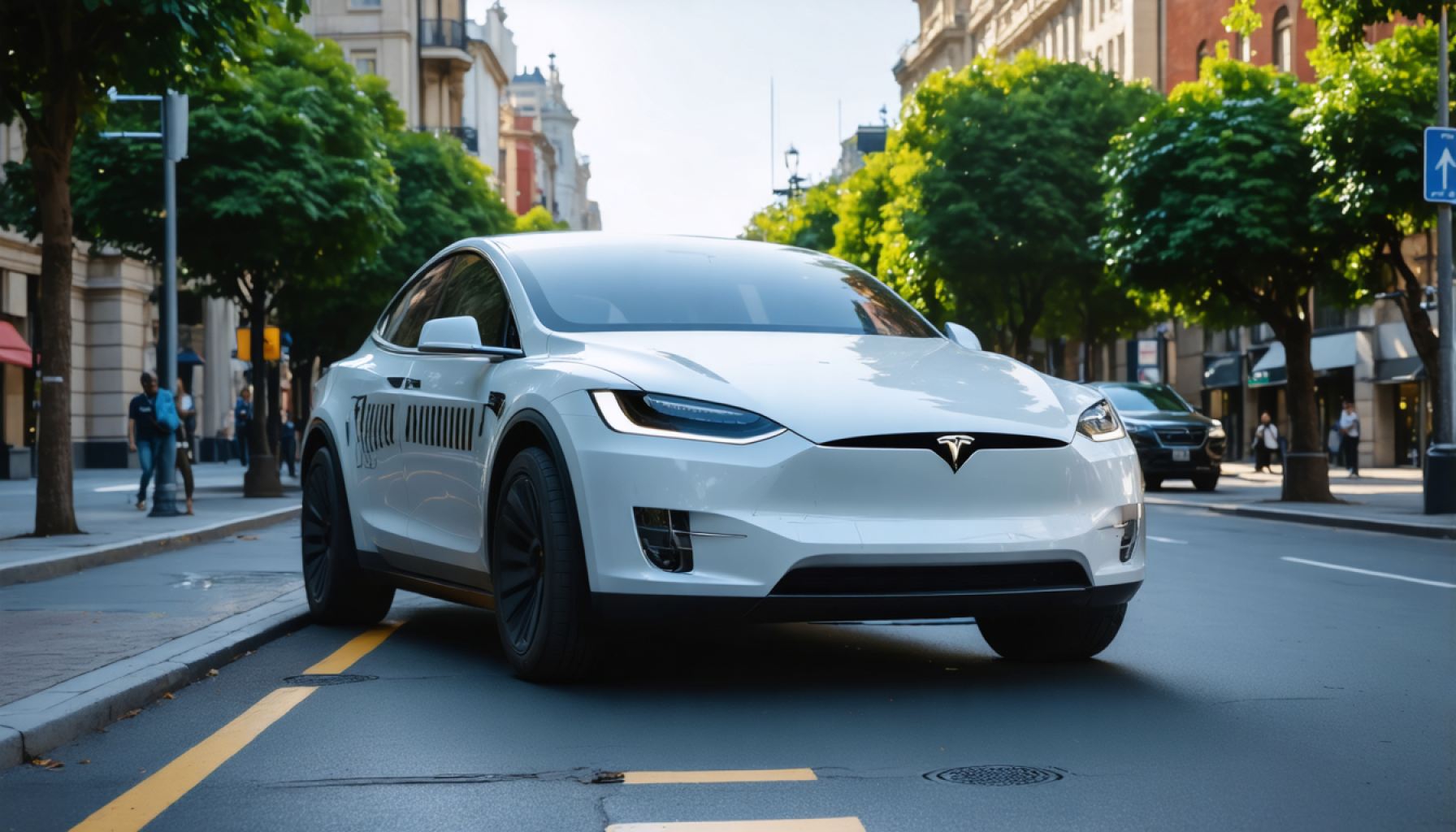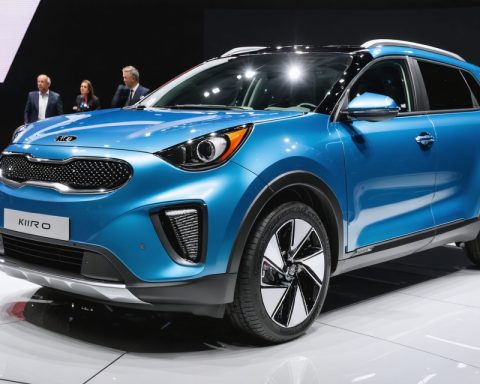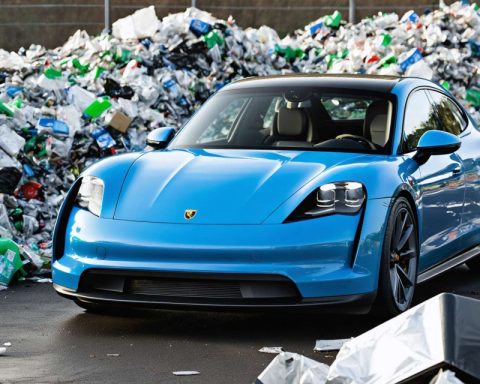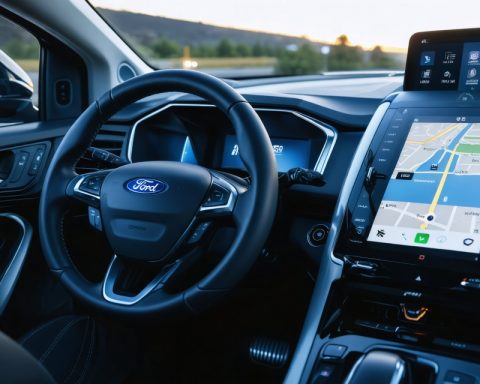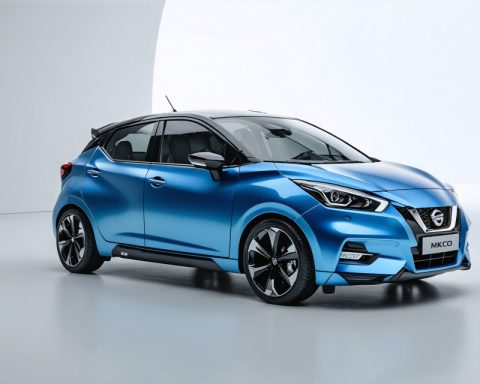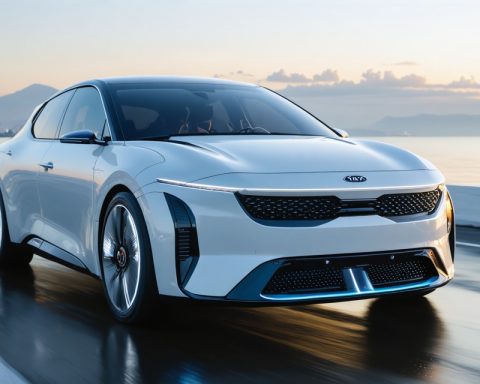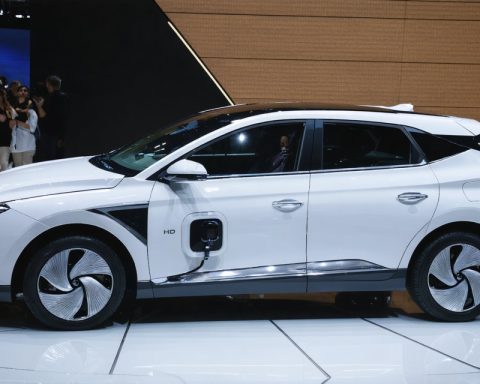- Tesla pushes for a driverless future with plans for a robo-taxi service in California, aiming to replace conventional taxis and diminish private car ownership.
- Elon Musk’s vision encounters technical, regulatory, and ethical hurdles, with California’s rigorous autonomous vehicle regulations presenting significant challenges.
- Autopilot issues, reliance on cameras over lidar, and fierce competition from companies like Waymo and Cruise introduce additional complexities.
- Skepticism persists due to safety concerns and societal trust issues, though the evolving technology and regulatory shifts contribute to growing acceptance.
- Tesla’s robo-taxis promise eco-friendly transportation, aiming for reductions in urban noise, air pollution, and dependence on oil.
- The transition to electric autonomy could transform urban mobility, offering a cleaner, quieter, and potentially safer future for cities.
A fresh breeze of innovation is sweeping through the automotive world, promising to transform our streets and redefine urban mobility. The familiar whir of gas engines, long considered an inevitable part of city life, could soon be replaced by the quiet hum of Tesla’s driverless fleet. But can Tesla’s ambitious vision truly alter the landscape of our cities? The stakes are high, and the journey promises to be as complex as it is revolutionary.
Tesla, a name synonymous with the electric vehicle (EV) revolution, is once again at the forefront of change, seeking to launch a cutting-edge robo-taxi service in California. The company, headed by visionary CEO Elon Musk, has planted its flag in the burgeoning industry of autonomous ride-hailing. The futuristic ambition is clear: a fully autonomous, environmentally friendly vehicle fleet capable of replacing traditional taxis and even private car ownership.
However, the path to such a transformation is lined with technical, regulatory, and ethical challenges. California, a state known for its rigorous regulations on autonomous vehicles, presents Tesla with a comprehensive approval process. Tesla’s application is pending, and the race to deploy these robo-taxis is a showcasing ground for the company’s technological prowess and regulatory negotiation skills.
As Musk projects his vision, skepticism isn’t scarce. This endeavor has its fair share of hesitations, fueled by viral videos showing Tesla’s Autopilot feature struggling under specific conditions, including thick fog and inclement weather. The company’s reliance on cameras rather than lidar and radar adds another layer of complexity. While Musk dismisses lidar as unnecessary, this choice continues to spark debate among industry experts.
Adding to the challenges, Tesla faces competition from counterparts like Waymo and Cruise, which have made significant strides in deploying autonomous taxi services. Although the current autonomous systems are not surpassing human drivers in safety records, they underscore potential weaknesses in navigation and traffic sign recognition. Furthermore, societal trust remains a steep hurdle, exacerbated by incidents where autonomous systems faltered.
Despite these issues, public sentiment may start to shift. As self-driving technology evolves and regulations become more accommodating, the promise of a cleaner, quieter, and safer urban environment drives the industry’s momentum. Imagine a world where your daily commute involves seamlessly ordering a Tesla robo-taxi through an app, which arrives silently and emits zero pollution. This vision not only appeals to the environmentally conscious but may also pave the way for significant reductions in urban noise and air pollution.
With light-duty vehicles contributing around 91% of gas consumption in the United States, the implications of Tesla’s progress are vast. The shift from oil-dependent transportation to electric autonomy could herald a new era of sustainable urban living.
As Tesla engineers toil to refine these systems, each update, announcement, and regulatory breakthrough becomes a crucial piece of a larger puzzle. While it’s uncertain when Californians will witness the full deployment of Tesla’s robo-taxi service, the quest for innovation continues, driven by the hope of a sustainable tomorrow.
Join the movement towards a smarter future, and contemplate the day when silent, clean electric robo-taxis might redefine mobility as we know it. The question remains: Are we ready for what comes next?
Will Tesla’s Robo-Taxi Revolution Redefine Urban Mobility?
The automotive industry stands on the brink of a transformative change, with Tesla at the forefront, advocating for a fleet of driverless, eco-friendly robo-taxis. This ambitious vision aims to redefine urban mobility, challenging the traditional norms of transportation. Yet, the journey to fully autonomous urban cars is complex, riddled with technical hurdles, regulatory barriers, and societal concerns.
Real-World Use Cases & Potential Impact
One of Tesla’s main goals is to decrease reliance on private car ownership—a move that could transform urban landscapes. Here are some potential benefits:
– Reduced Traffic Congestion: As more people opt for ride-sharing over personal vehicles, cities could see decreased traffic congestion.
– Decreased Pollution: Electric vehicles (EVs) have zero tailpipe emissions, reducing air pollution in crowded urban settings.
– Cost-Effective Transportation: Autonomous car services can lower transportation costs, providing affordable mobility to a broader audience.
Pressing Questions and Answers
How Does Tesla’s Autonomous Technology Compare to Competitors?
Tesla utilizes a vision-based system relying on cameras and neural networks, eschewing lidar sensors. This approach differs from rivals like Waymo, which incorporates lidar for navigation. While Tesla believes cameras alone can achieve full autonomy, the industry debate continues regarding the most reliable long-term solution.
What Are the Regulatory Challenges in California?
California is known for its stringent regulations, demanding a precise approval process for autonomous vehicles. Tesla must provide detailed data on safety performance and address ethical concerns, such as decision-making in dangerous scenarios.
How Do Autonomous Vehicles Impact Safety?
One of the most significant debates is whether autonomous vehicles can be safer than human drivers. Current systems show potential but have not yet consistently surpassed human safety records. Ongoing developments aim to enhance real-time decision-making and obstacle avoidance.
Insights and Predictions
– Market Forecast: The autonomous vehicle market is anticipated to grow significantly, with estimates reaching over $60 billion by 2030.
– Public Sentiment Shift: As technology advances and successful prototypes are demonstrated, societal trust in self-driving cars is expected to increase.
– Regulatory Evolution: As autonomy becomes more integrated into public life, we can expect regulatory frameworks to evolve, accommodating technological advancements while ensuring safety.
Pros and Cons Overview
Pros:
– Significant reduction in urban noise and air pollution.
– Increased accessibility of transportation options.
– Potential to drastically reduce traffic accidents caused by human error.
Cons:
– Technical and ethical challenges in system reliability.
– Significant financial and time investment required for widespread infrastructure changes.
– Potential job displacement in the taxi and ride-hailing industry.
Actionable Tips and Recommendations
1. Stay Informed: Continually educate yourself on the advancements in autonomous technology and regulatory changes.
2. Advocate for Infrastructure: Support local policies that emphasize EV infrastructure, including charging stations and smart traffic systems.
3. Test Ride an EV: If possible, experience a ride in an electric vehicle to understand the technology firsthand.
Conclusion
The journey towards fully autonomous vehicles, such as Tesla’s proposed robo-taxis, is as complex as it is promising. While technical, regulatory, and societal hurdles remain, the potential for revolutionizing urban mobility is immense. With steadfast commitment from industry leaders and supportive policy, the dream of cleaner, smarter, and more efficient cities could soon be a reality.
Join the movement towards a sustainable urban future with Tesla. For more information on Tesla and its transformative projects, visit the official Tesla website.
